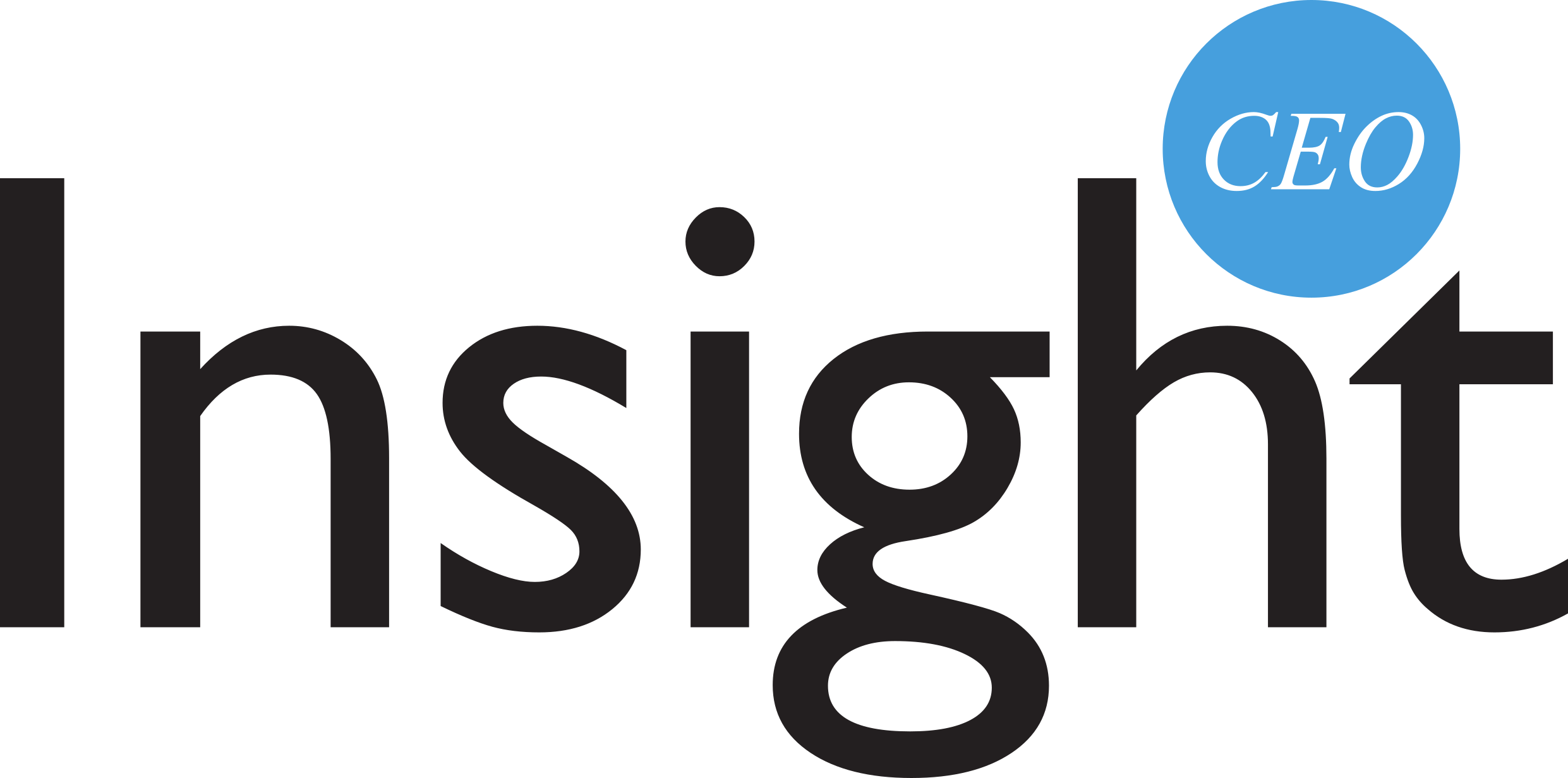Diversity & Inclusion
Seismic shifts around women’s empowerment are currently taking place in popular culture in spite – or could it be because – of the populist male-oriented and misogynistic political rhetoric emanating from some quarters. What needs to be done to make sure these beginnings of a gender revolution translate to the corporate sphere and that they are wholly inclusive and sustainable?
This is not just about being the ‘right thing to do’: the business case is wholly compelling too, with research suggesting that those companies with gender, ethnic and racial diversity are significantly more likely to experience above-average financial returns. For example, the impact of increasing female representation in the boardroom on ROI is profound.
What’s striking is that this should still be surprising to anybody in 2018, for it stands to reason that women are better equipped to create products and services that meet the needs of the female market. And, we’re not talking a niche market here, but half the world’s people! So, with such a proven relationship between competitive profit gains and diversity, what’s stopping the corporate world from embracing D&I?
There are many keys to creating truly diverse and inclusive organisations and there is no room for complacency, for the process is a never-ending one.
“Unconscious bias on the part of senior management can also thwart an organisation’s progressive ambitions and, by definition, can be hard to detect.”
For starters, it’s imperative that leaders do what it says on the tin – and lead! By demonstrating support through their words and their actions, they have the capacity to breathe life into D&I initiatives.
Equally, for D&I to permeate a company’s culture, leaders must call out inappropriate behaviour when they witness it, no matter how unpopular in the short-term with the majority or the old guard, whom they must proactively engage with to make D&I a success. Such decisive and swift action will pay dividends in the long term.
Unconscious bias on the part of senior management can also thwart an organisation’s progressive ambitions and, by definition, can be hard to detect. With this in mind, C-suite figures must ensure they are equitable in the time they spend with members on their team and that when they are assigning responsibility, it is not balanced in favour of those they wold naturally gravitate towards, or who would ask for it. Spreading the love gives everyone a chance to shine.
It is further important to remember that D&I is not just about gender and skin colour, but encompasses economic status, gender identity, political inclination, religious beliefs and much else besides.
Yet, D&I is also not about box ticking, such that the C-suite should be looking beyond mere legal compliance, rather, leveraging its capacity to add value to an organisation, as well as to contribute to employee well-being and engagement. This will require a collaborative and multidimensional solution. For example, it is not sufficient to simply hire minorities if they aren’t included as key decision makers, or are rarely, if ever, promoted to senior management.
Fortunately, there are many organisations out there that are not just embracing, but actively pioneering and driving these shifts to become corporate models for others.
These include the likes of Johnson & Johnson, Deutsche Bank, L’Oréal, AIG, Bayer, BASF and Ford, to name but a few corporate legends, each of which have recognised that minorities are all of us and that herein lies a huge under-tapped business opportunity.
These companies have moved far beyond D&I as an HR initiative, recognising that just like their fundamental business objectives, D&I is about meeting the needs of people. They have discovered that diversity and inclusion sparks innovation and reduces business risk and that the rationale for action is compelling.
For those corporate interests serious about D&I, the Women In Networking (WIN) Corporate event in Geneva on 2nd March is a must-attend forum designed to help organisations embed real change. The clue is in the title: ‘Creating an Inclusive Organisation: Accelerating Change – Inclusion and Innovation in Action’.


0 Comments